Energy Storage Systems
Dynapower produces cost-effective, highly efficient energy storage systems that can operate alone or paralleled together to create customized, scalable solutions for a variety of energy storage needs.
Dynapower produces cost-effective, highly efficient energy storage systems that can operate alone or paralleled together to create customized, scalable solutions for a variety of energy storage needs.
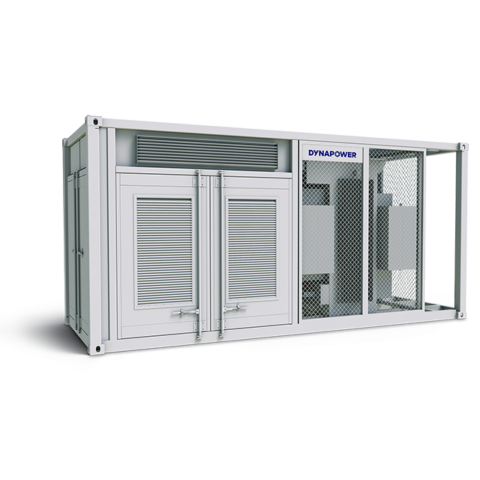
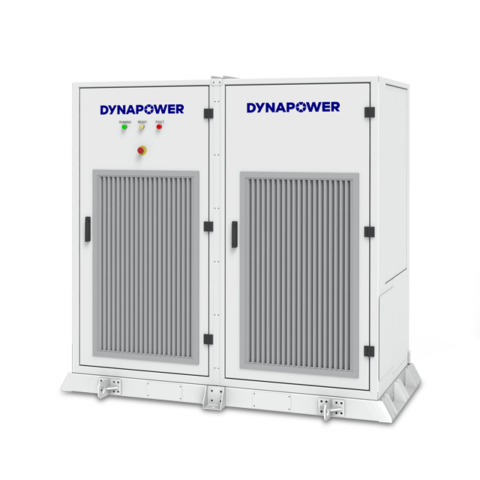
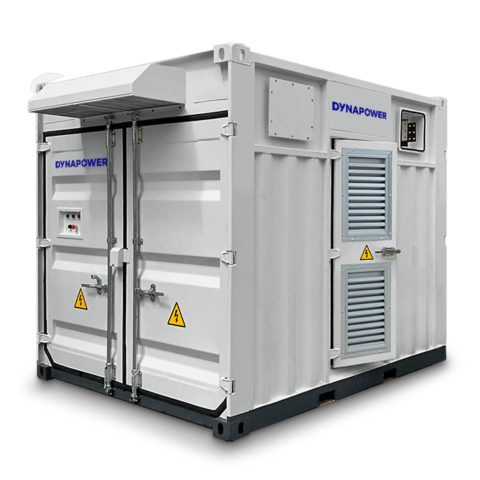
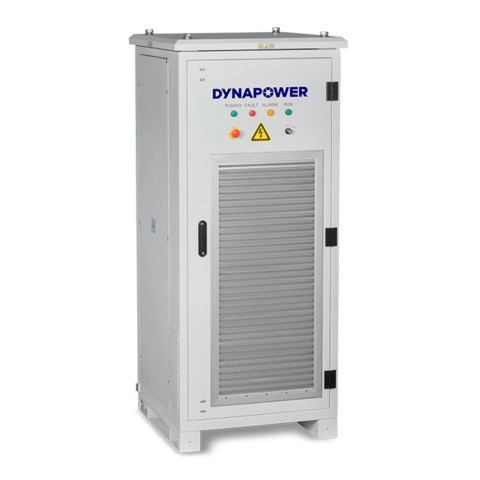
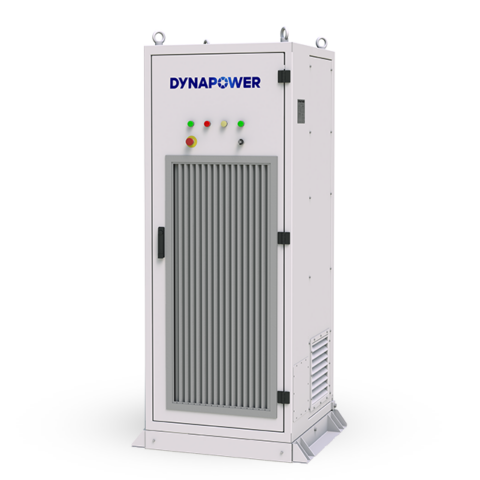
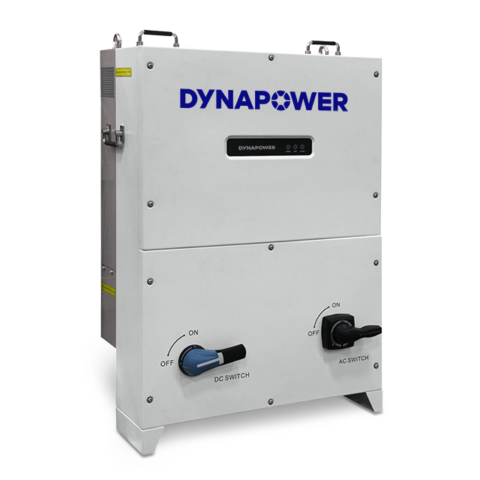
85 Meadowland Drive
South Burlington, VT
05403
(802) 860-7200
Mon-Fri, 8am until 4:30pm
Available 24/7
(800) 332-1111
Sensata Technologies is a global leader in developing sensors, electrical protection components, and other mission-critical solutions. With 100+ years of experience, Sensata companies deliver innovative solutions that improve safety, efficiency, and performance to address the world's most complex challenges.